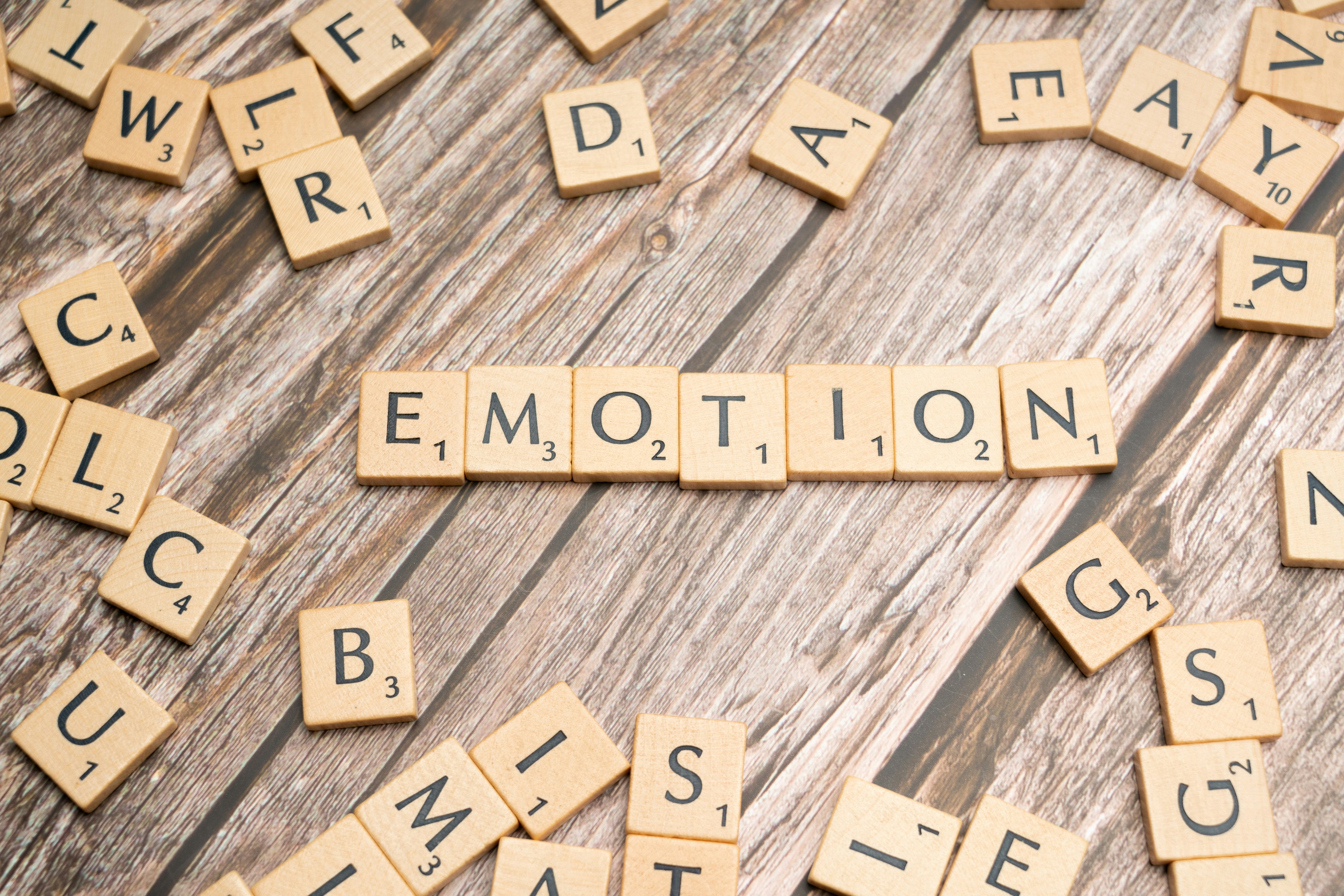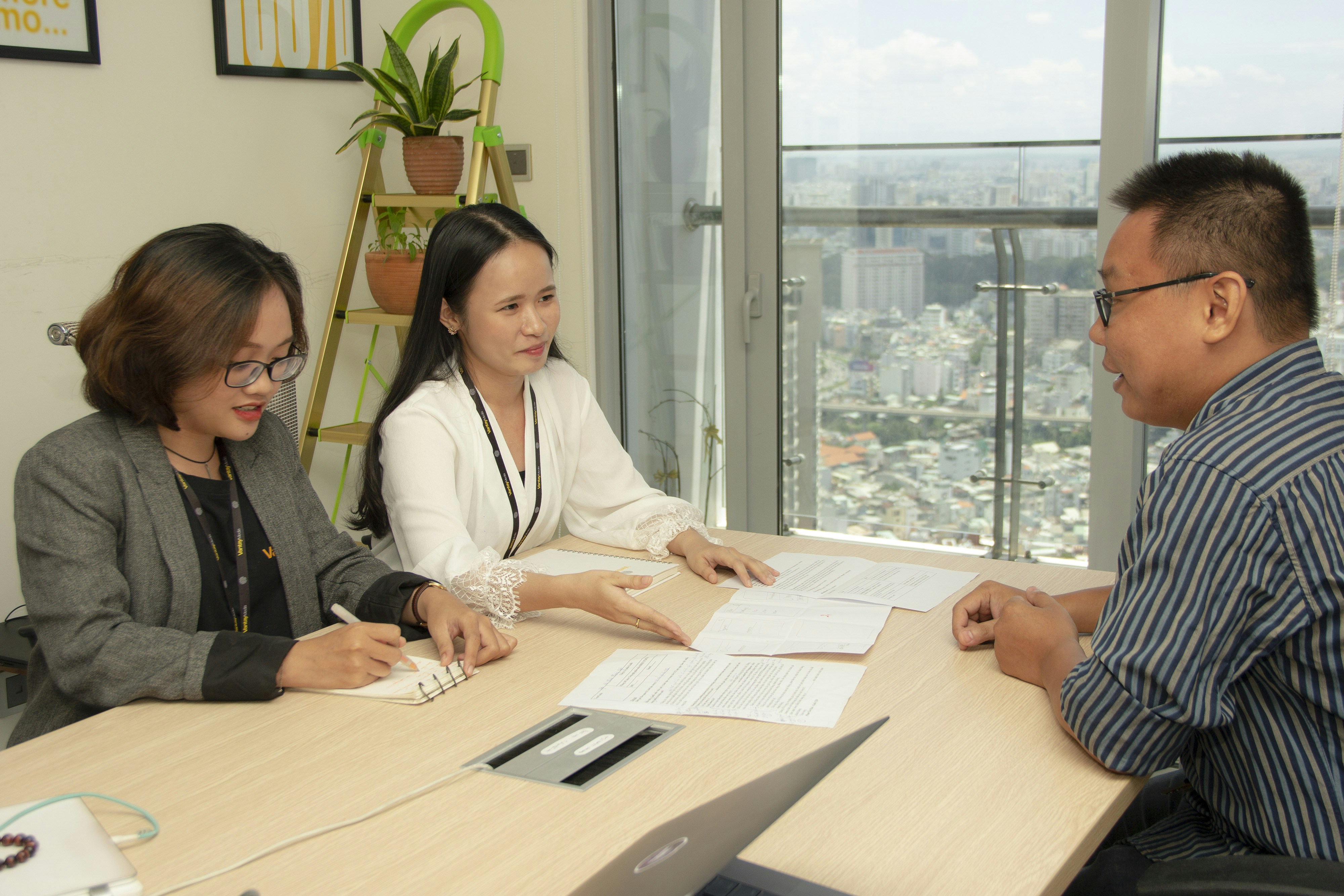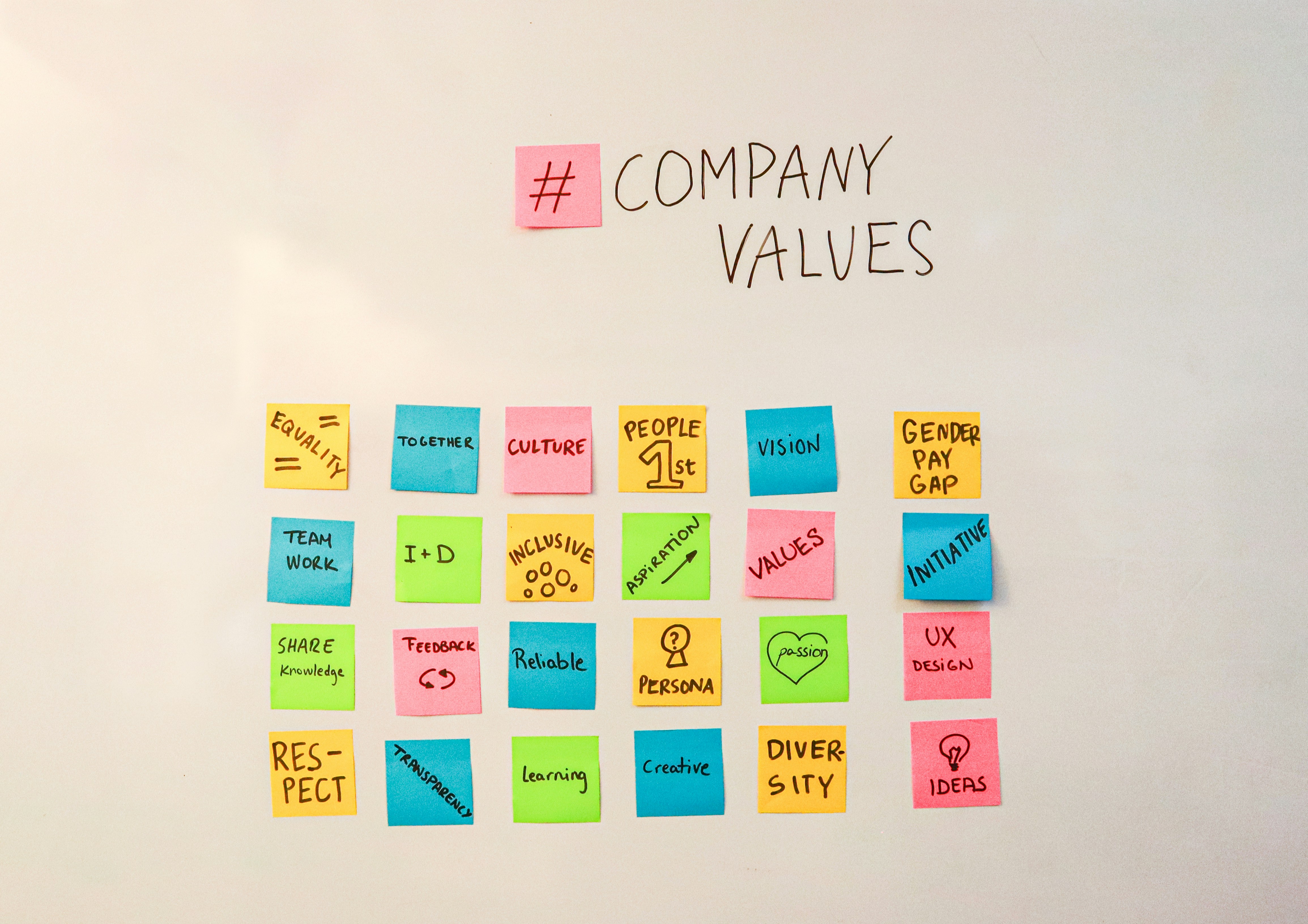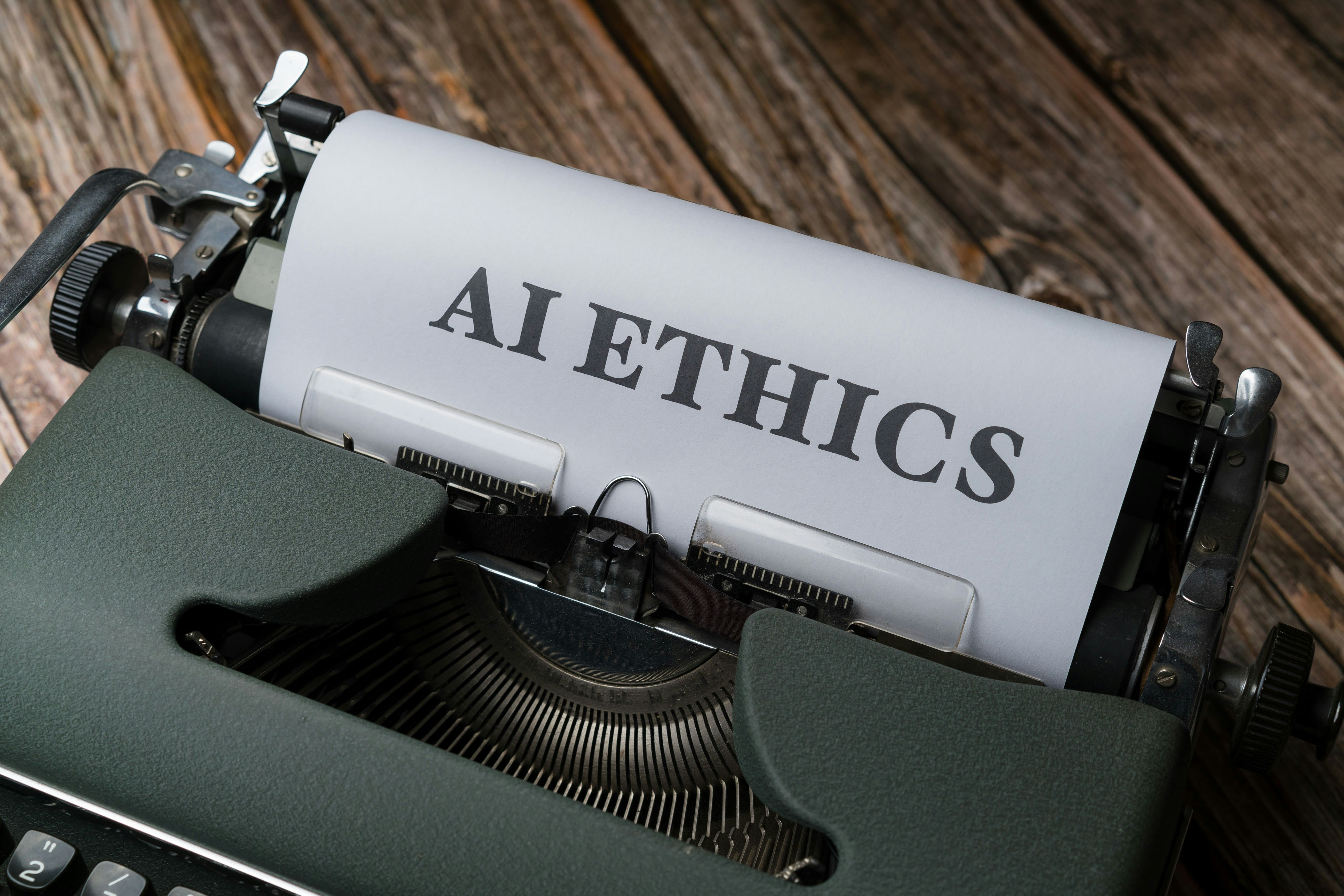Unleash AI-Driven Emotional Intelligence in the Workplace: Prevent Burnout!
In an age where artificial intelligence (AI) continues to evolve, its potential to transform workplace dynamics is monumental. With tools that can analyze employee behavior and sentiments, businesses are now empowered to prevent burnout and foster a culture of well-being. Imagine a work environment where individuals are genuinely engaged, burnout is forecasted before it even occurs, and emotional intelligence drives the organizational culture. The monumental change brought on by AI-driven emotional intelligence is a future that not only looks promising but is also feasible today.
Understanding Emotional Intelligence and AI’s Role
Emotional intelligence (EI) refers to the ability to understand and manage one’s emotions while recognizing and influencing the emotions of others. In the workplace, high emotional intelligence leads to better teamwork, increased productivity, and enhanced well-being. However, as workplaces evolve and the demand for adaptability and high performance increases, organizations must proactively address employee burnout—a phenomenon that can detrimentally impact productivity and morale.
AI steps in as an effective means to detect signs of burnout through predictive analytics and machine learning. By collecting data on employee interactions, work hours, and overall sentiment, AI tools can identify patterns that point to heightened stress levels or disengagement. Understanding this relationship between AI tools and emotional intelligence is crucial for cultivating a more resilience-driven workforce.
The Science Behind AI and Employee Burnout Detection
To comprehend how AI works in predicting burnout, it's essential to delve into the mechanics of machine learning (ML). Machine learning algorithms analyze historical data to learn patterns and make predictions. For instance, tools like human-centric AI systems can decipher emotional cues from communication data and other behavioral indicators within your workforce, signaling when someone is teetering on the edge of burnout.
In scientific studies, as reported in sources like the Harvard Business Review, organizations that leverage AI to analyze employee feedback—combined with external factors like workload, deadlines, and organizational support—show much lower burnout rates. Predictive analytics thus serves as an early warning system, alerting managers to intervene before a situation escalates.
Implementing AI for Enhanced Employee Well-being
Step 1: Data Collection and Analysis
The first practical step towards implementing AI for emotional well-being involves gathering data. Organizations can deploy AI tools capable of analyzing employee interactions, surveys, and performance metrics. Whether it’s sentiment analysis from emails or tracking engagement levels through various channels, having real-time data enables management to stay ahead of potential burnout crises.
- Tools such as empathy-driven AI not only enhance operational efficiency but also gauge employee mood and morale based on language patterns and frequency of communication.
Step 2: Create an Intervention Framework
Once the data is collected and analyzed, companies can develop a tailored intervention framework. This framework should encompass flexible work hours, opportunities for employee feedback, and access to mental health resources. Consider implementing response systems that trigger alerts when data indicates rising stress levels.
Organizations like Google employ AI tools to structure feedback loops allowing employees to engage in discussions about workloads and mental health with their immediate supervisors proactively.
Step 3: Promote a Culture of Transparency and Support
The most transformative changes stem from fostering a culture that prioritizes well-being. Companies can integrate AI solutions that facilitate open dialogues about emotional health. This includes offering AI-powered platforms whereby employees anonymously share their sentiments and experiences related to stress levels.
Organizations looking to evolve could learn from companies highlighted in sources like The Symphony of AI where talent management strategies are seamlessly integrated with AI insights. By creating a more responsive work environment, employees feel valued—which further mitigates feelings of burnout.
The Benefits of a Burnout-Free Workplace
1. Increased Productivity
By harnessing AI to identify burnout, organizations can implement effective solutions that promote engagement. Workforces that feel supported are more productive, innovative, and loyal to their firms.
2. Enhanced Employee Retention
With AI tools offering a clearer picture of employee well-being, organizations can show that they genuinely care. Providing a supportive workspace leads to higher retention rates and can save businesses substantial costs associated with hiring and training new staff.
3. Improved Company Culture
AI-driven emotional intelligence reflects a forward-thinking company. Employees feel more comfortable participating in a culture that values mental health, thus enhancing overall company morale.
4. Greater Employee Engagement
AI can facilitate gamification frameworks transforming employee engagement processes, making participation enjoyable rather than tedious. Tools that integrate play elements in work tasks can lead to enhanced productivity and motivation.
The Role of Leadership in an AI-Driven Culture
Building Trust with Transparency
The success of AI-integrated emotional intelligence significantly depends on managerial buy-in and transparency. Leaders must establish trust and create open channels for communication regarding how data is used and the measures taken towards improving workplace well-being.
Race to Innovate
As organizations leverage AI tools, leaders should also foster innovation in enhancing workplace culture. Companies on the leading edge adopt frameworks like automated remote collaboration tools that utilize AI insights to enhance team collaboration while promoting emotional health.
The Power of Continuous Learning
Incorporating emotional intelligence within AI tools allows for ongoing learning about employee needs and sentiments. Continuous improvement cycles incorporate feedback to refine emotional intelligence algorithms. By doing so, organizations can adapt their strategies in real-time and remain responsive to evolving emotional landscape.
Addressing Ethical Considerations
While the benefits of integrating AI tools for emotional intelligence are profound, organizations must remain vigilant about ethical considerations. Establishing frameworks that respect employee privacy and maintain ethical AI practices is fundamental to promoting a trustworthy environment. Integrating ethical considerations with tools from HBR can ensure utilization without compromising employee integrity.
Exploring Future Trends: AI and Employee Well-Being in 2025
As we look towards the future, the integration of AI and emotional intelligence within corporate culture stands poised to evolve dramatically. By 2025, new innovations will likely emerge that further intertwine emotional well-being with AI efficiency. Expect tools that offer deeper insights into organizational behaviors and foster more inclusive strategies that empower workplace environments.
Emerging AI innovations aim to harmonize emotional intelligence with automated decision-making frameworks that consider human emotional dimensions. The potential is vast, but the commitment to fostering an AI-driven emotional intelligence culture hinges on consistent adaptation and learning.
Next Steps: Embrace the AI-Driven Emotional Intelligence Revolution
Embracing an AI-driven future focused on emotional intelligence encapsulates foresight, innovation, and compassion. By prioritizing employee well-being, companies not only reduce burnout but usher in a new era of workplace harmony. As organizations continue to harness these powerful AI tools, they set a course towards a future where workplace well-being is not just an afterthought but a core principle.
In this vibrant new landscape, the pathway to resilience, engagement, and productivity will be paved by empathy and intelligent foresight. How will you leverage these insights tomorrow?


















